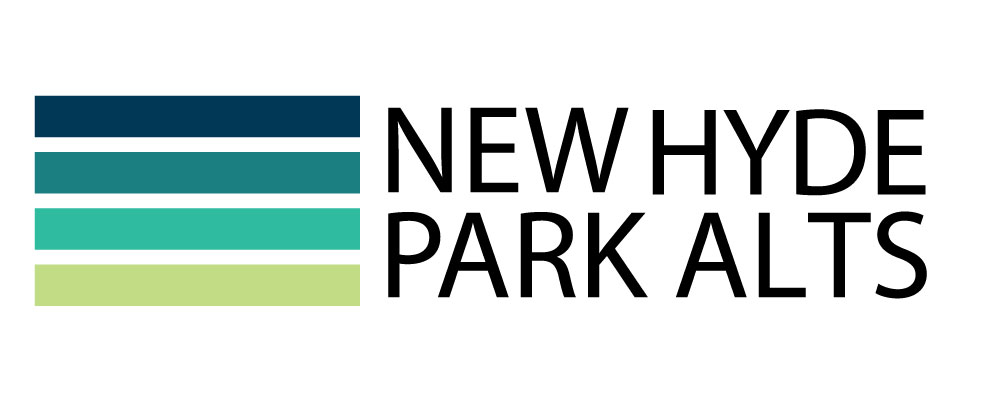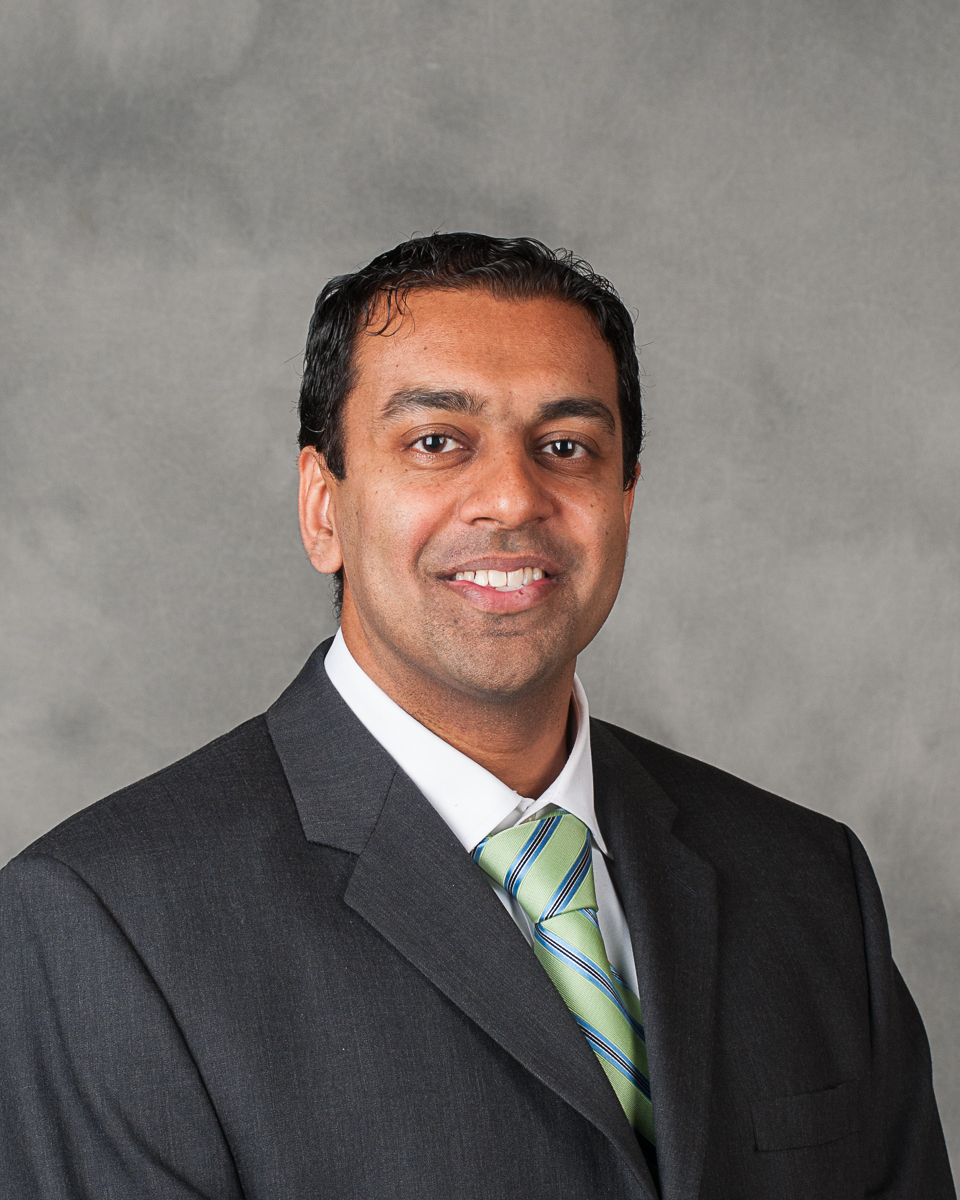PlusPlus Capital Management built a non-traditional CTA in just a few years through the study of behavioral biases and the implementation of commitment culture into the firm’s values. Both of these concepts are unique in the CTA universe, which was the reason PlusPlus was created. Kapil Rastogi, President and co-founder of PlusPlus Capital Management, says, “We took the leap to kind of go out there and start our own firm focused on behavioral biases because we saw an opportunity, which is that not many people are doing this.” Along with the study of market behavior, Rastogi has helped instill commitment culture into his firm’s decision making and development. Venturing away from the traditional CTA structure, Rastogi and his team have built a culture that they hope will lead to a future which will continue to develop.
To help illustrate some of PlusPlus’s unique thinking, Rastogi discusses a connection he sees between financial markets and a large ecosystem. While this may be an odd comparison at first, it places the key components for financial markets in a more understandable fashion. Rastogi compares foundation species to commodity markets, indicator species to fixed income markets, and keystone species to the equity markets. Foundation species are typically relied upon during stressful times in the market, indicator species signify how healthy or unhealthy the market is, and keystone species are the driving force for the entire ecosystem, like a hummingbird’s ability to pollinate plants that keep the ecosystem alive. Rastogi’s comparison between the two simplifies the significance of each part of the market and breaks down the necessity to understand how the market behaves, something he has studied for a long time.
Rastogi started trading futures at Niederhoffer Capital Management in 2003, which is around the time he began looking into behavioral biases. PlusPlus Capital Management’s roots began to grow in those early years, even through some challenging times and failures early in his career. Rastogi felt as though he had a breakthrough early on with them, but ultimately the idea did not realize any capital for the firm. However, he never accepted failure and always found the markets fascinating, so he kept working. Eventually, his continued testing led to an idea that started generating revenue for the firm, then another idea generated revenue, and so on. Rastogi states, “They say 10,000 hours is what it takes to be an expert. I will say in markets, it’s not 10,000 hours, maybe it’s like 50,000 hours.”
Rastogi’s time at Niederhoffer also led to his meeting of Murat Unluer, co-founder of PlusPlus Capital Management, in 2006. The two have worked together in developing PlusPlus’s trading strategy and developing a team focused on the goal of producing the best results in the CTA universe. Rastogi says, “We spent quite a long period of time over the course of several years just building our technological infrastructure so that we could test ideas, which other people may find very cumbersome to test, or in a lot of cases, they just can’t test at all, which ultimately gives us a long term sustainable competitive advantage.”
Along with their development of technological infrastructure, Rastogi and Unluer focused on instilling a commitment culture into their firm. The two partners have stuck with each other for close to 15 years because of their commitment to their ideas and each other. Rastogi says, “Philosophy reverberates within our firm, and when it comes to hiring, we only hire individuals who fit into that respective culture that we seek to ultimately emulate.”
A Sustainable Culture
An important study done on the type of culture that leads to the best long-term success indicates that commitment culture beats out superstar culture. While this type of thinking is rarely looked into, Rastogi has spent a lot of time researching and implementing commitment culture into his strategy because he feels it is a separator between flash-in-the-pan companies and long-term success. Rastogi noted a 2003 study in the California Management Review that separated companies into five categories based on their culture. They looked back at the companies’ 10 years later and found that those that follow commitment culture have realized more success.
Superstar culture is prevalent in the industry as it encourages the individual to work hard, produce results, and get paid a large bonus. However, commitment culture produces greater long-term results because the firm, starting with the leadership, shows commitment to the employees, which develops a healthier and more attractive work environment. Rastogi says, “It’ll lead to people who actually have loyalty to the manager and the firm, which I can’t emphasize enough because you need to be able to inspire loyalty amongst your employees. There’s been study after study which shows a high turnover is ultimately correlated with poor performance, regardless of what business you are in.”
Prominent results associated to commitment culture are a lower turnover and employees loyal to the manager, which leads to better results.
Understanding Trades, People, and Their Tendencies
Much of their success stems from understanding behavioral tendencies, not just in the market, but of the people making trades. Speaking of times during high volatility, Rastogi says, “People tend to behave much more predictably, and to be more specific, they tend to behave in a much more predictably irrational fashion. As a result of that, our models have a higher hit rate during those time periods.”
PlusPlus does not target negative correlation to the stock market; however, they believe it is a natural byproduct of their trading strategy focused on short-term trading looking at behavioral inefficiencies. They are one of the few strategies that focuses on behavioral biases, which makes them unique and allows them to achieve their goal: to be the best at what they do.
For example, Rastogi explained a situation that allowed them to use behavioral tendencies in the market. PlusPlus recognized people had success buying the dip the first time and buying the dip the second time, so when the third time came around, a larger group of people will come back to buy the dip and they can take advantage of that. Rastogi states, “It works in any market, and again it’s because it’s appealing to our innate behavioral tendencies.”
PlusPlus’ Trading Strategy
Rastogi has placed a lot of time and effort in his development and study of behavioral tendencies and commitment culture, which has helped PlusPlus produce strong results. PlusPlus’s strategy offers important advantages to an investment portfolio. They reduce drawdowns to a traditional 60/40 portfolio, a portfolio of CTAs, a portfolio of hedge funds, and also a long S&P portfolio. Rastogi comments they are one of the few strategies that produces a positive skew, which coincides with their high Sortino Ratio and high Calmar Ratio. PlusPlusstrategy has realized t returns during equity meltdowns, while limiting the drawdowns. Their strategy employs commitment culture and uses behavioral biases to assist in their recognition of specific trades based on consistent behavior patterns displayed over time. Rastogi says, “Less than 0.1% of funds in the Preqin database have this profile, just to give you a sense of how rare it is.”
Built to Last
PlusPlus believes their competitive advantage comes from their own technological infrastructure comprised of three components—back-testing, signal generation engine, and the execution engine—which they developed instead of purchasing another platform. Rastogi’s and Unluer’s experience in the hedge fund industry taught them an important truth. Rastogi says, “I recognized there is an inefficiency, which is that if something takes more than one year to build, people are unlikely to pursue it.” Short-term solutions provide immediate returns, like a year-end bonus, but long-term solutions provide lasting success, which is what PlusPlus is out to achieve.
Their systems are built to make money in any environment; however, the systems are designed to make more money during times of high volatility. For example, two recent times of severe equity meltdowns—fourth Quarter 2018 and March 2020—led to the firm producing a one standard deviation return during each time. To back their success during high volatility, PlusPlus has a low drawdown of 4.4% on a monthly basis.
Limiting Losses
PlusPlus has a low drawdown mark because of their risk management structure to assist in their everyday trading strategy. PlusPlus has a risk management system in place to prevent substantial loss in any given day. They have 32 strategies in their portfolio, trade in 62 separate markets, and have a basis points cap on their loss in each individual strategy and market. Rastogi says, “We also have hard limits on position caps, whereby each respective strategy can only take on so much risk per market.”
A Different Way to Understand Performance
An interesting barometer that Rastogi has been looking into to measure CTA performance is the Sortino Ratio, rather than the more popular Sharpe Ratio. He has research to demonstrate that the Sortino Ratio is a better predictor of the Calmar Ratio. According to PlusPlus’s indications, Rastogi says, “We have the highest Sortino ratio amongst all CTAs in the SG CTA and SG STTI Indices by a very large margin. The CTA which is in second place in the rankings, has a Sortino Ratio which is about half of ours.” The reason this matters so much to Rastogi is because he believes that Sortino Ratio is the best predictor of the Calmar Ratio, which indicates a strategies ability to provide returns while limiting drawdowns.
While the Calmar Ratio is a great indicator, it does not tell the whole story, which is why the Sortino Ratio is used to fill in some gaps. Many strategies use Sharpe Ratio, but Rastogi found an inefficiency with the Sharpe Ratio. He notes that most short-options strategies tend to have a high Sharpe Ratio, but the Sharpe Ratio praises the many small gains more than it criticizes the big loss. The Sortino Ratio captures all of the negative returns and provides a fuller picture compared to the Sharpe Ratio. Rastogi notes, “You have to be really careful that you’re quantifying exactly the right metric.”
Early Success, Long-Term Future
While PlusPlus has a lot of quantitative data to display as a CTA firm, they feel the key to their future lies in their ability to identify behavioral tendencies and instill commitment culture throughout their firm and even with their investors. Rastogi, Unluer, and their team are committed to long-term success by involving distinctive and effective studies to assist in their growth, such as the ecosystem comparison, study on commitment culture vs. superstar culture, and their use of behavioral biases in trades. Rastogi says, “Commitment culture really boils down to showing people that you’re committed to them, not just for the next one year, not just while they’re producing the results, but you’re actually committed to them and their growth and their development for the long run.”
About PlusPlus
The PlusPlus strategy currently employs several quantities short-term momentum and contrarian trading models that generate long and short signals in over 60 different futures contracts. The average holding period for a trade is 4.5 days. Underlying this strategy is the philosophy that markets are predictable in the short-term due to the behavioral biases of investors, which are persistent and have not changed over time.
###
Disclaimer: This article does not constitute an opinion by New Hyde Park Alternative Funds, LLC or any of it’s principals. The content illustrates the methodology of PlusPlus Capital Management’s trading strategy and investment philosophy and is presented for informational purposes only. Past performance is not indicative of future performance. 3331-NHPAF-06222021

